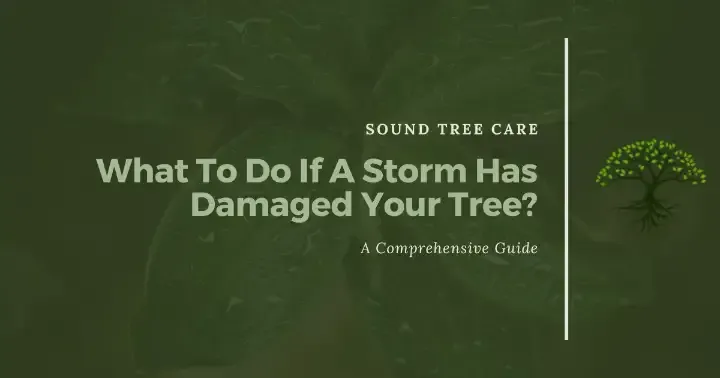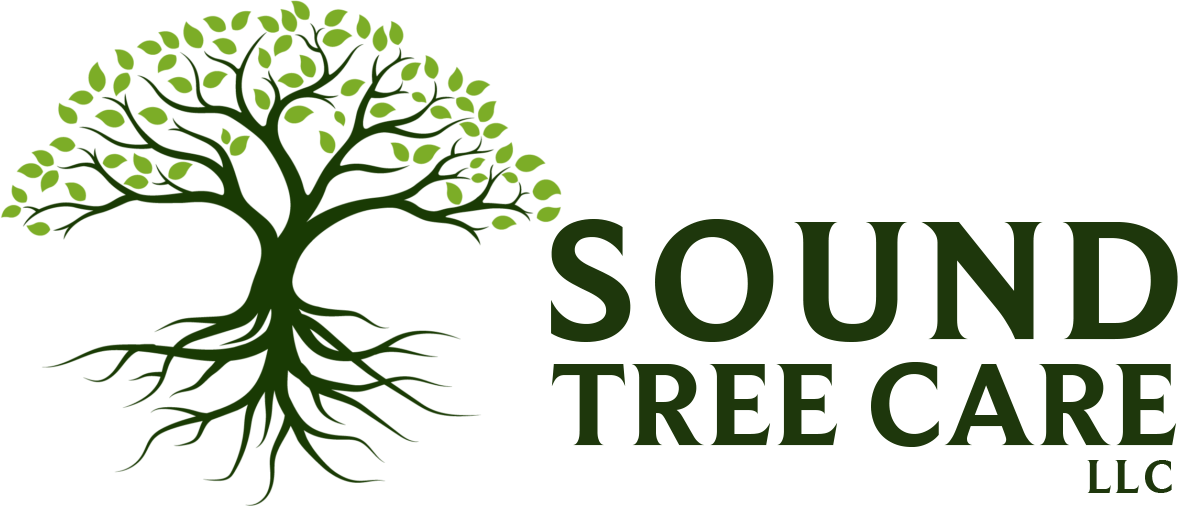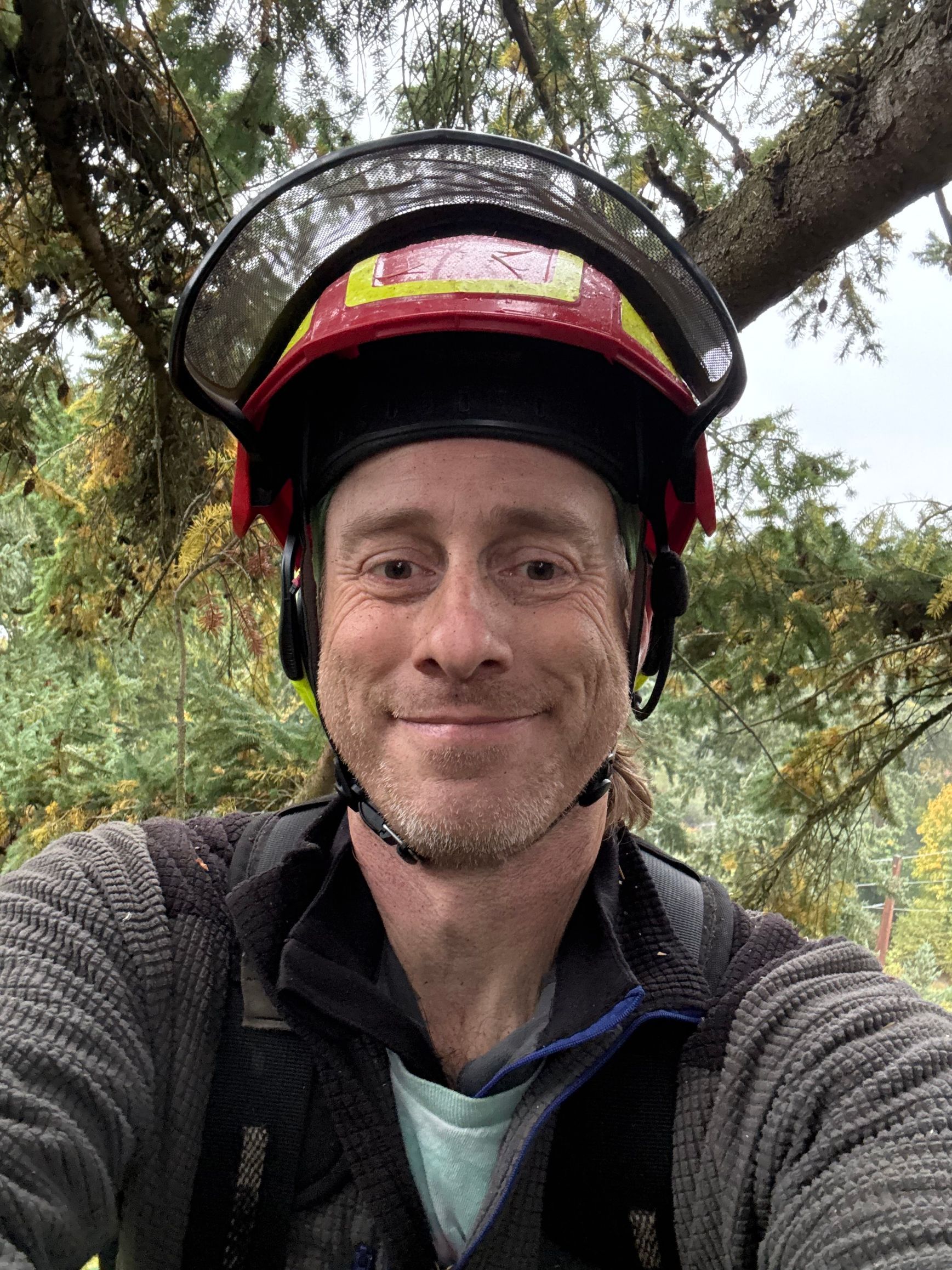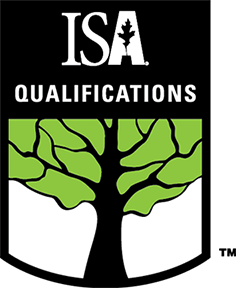What To Do If A Storm Has Damaged Your Tree?
Written By: Eric Ledford
ISA Certified Arborist – PN-9290A
ISA Qualified Tree Risk Assessor (TRAQ)

What To Do if a Storm Has Damaged Your Tree?
Trees offer many advantages to our environment and living spaces. They enhance the appearance and feel of residential and commercial properties. They are beautiful to look at, provide habitat for wildlife, help keep the air clean and provide shade during hot times of year. In the winter, they can serve as a windbreak, and discarded limbs and branches can be used as fuel. However, when severe weather strikes, trees can become a safety hazard and damage property.
Here are facts and tips about what to do if your trees are damaged during a storm, why a professional should assess the damage and prune the trees and how to minimize damage to your trees and property in the future.
Seattle Weather and Its Effects on Trees
Seattle has a mild climate, with wet, cool winters and dry, warm summers. The temperate effect of the Pacific Ocean helps keep temperatures fairly even throughout the year. However, as residents know, the local climate can change quickly from mild conditions to dramatic bouts of rainfall and occasional periods of snow and ice. When severe weather hits, the area can experience cyclonic-force winds, driving rain and ice storms.
When strong winds or heavy rains hit Seattle and nearby communities, properties often suffer damage from trees. High winds can sever branches from trees or blow trees over. If rain saturates the ground, trees that are diseased or have shallow roots can fall over. When branches are dislodged or trees become uprooted, they can pull down powerlines, block traffic lanes, damage buildings and property and become a safety hazard to people and pets.
What Should You Do if a Storm Has Damaged Your Tree?
If a storm damages a tree on your property, there are several steps to take to evaluate its condition, clear the debris and decide how to treat the tree. By following these steps, you can safely clear your property of storm-related debris and help a damaged tree survive.
•
Evaluate the condition of the tree and its position. Before clearing debris, carefully examine the tree and where it has fallen. Is it safe to approach? Has it fallen into powerlines? Look to see if there are downed utility lines in the branches or near the tree. Are there partially detached branches? Is debris blowing around the tree? Is the tree or its limbs blocking a road? If so, do not approach the tree. Instead, call for professional help, and keep people and animals away until you know the area is safe.
•
Evaluate the condition of your property. If the tree has fallen onto your home, first ensure that people and pets are safe. Do not try to remove large branches or the tree. If the damage appears to be minor, you can begin to remove debris and secure your home.
•
Call your insurance company as soon as possible to make a claim. Each insurance company handles claims differently. If trees pose a danger, carefully explain the situation, and be sure to ask enough questions to understand what documentation the company expects before you clear your property. Take photographs of the tree and the damage to property before clearing begins. You may also want to make a list of damages.
•
If powerlines are down or the tree is in the road, call emergency services for help. Emergency responders are trained to deal with live electrical and other utility lines. If the tree is in the road, your local city or county emergency teams have the equipment and personnel to safely clear the area.
•
If the tree is still standing, examine the roots. Heavy rain can dislodge soil from around the roots, which can make the tree unstable. If the roots appear to be intact, the tree is probably safe to approach. If you are not sure, call a professional to assess the tree's structural integrity.
Experts note that trees are resilient. Even if a tree appears to have suffered major damage, it may be possible to save it. If you want to save your damaged tree, ask a certified arborist to evaluate its condition. Professionals can assess the extent and type of damage and determine whether it is possible to save the tree.
Assess the Damage
Once it is safe to approach the tree, you can assess the damage. If you cannot evaluate the extent of the damage, or if you know it is severe, contact a certified arborist to determine whether the tree can be saved. If it can be saved, arborists have the expertise to remove branches and care for the tree while it recovers. They can also recommend ways to minimize the danger of future damage.
If your tree was healthy before the storm, chances are that it will be able to recover from mild to moderate damage. Stripped leaves, broken branches and shredded bark may make the tree appear to be more damaged than it actually is. After clearing away the loose debris, you will be better able to assess the severity of the damage. In most cases, the tree will recover with proper care.
Sometimes trees suffer heavy damage because they are weak or diseased. After a storm, stripped bark or a split trunk can reveal internal rot or infestation you may not have noticed before. Professionals know how to assess whether a weakened or diseased tree can survive or should be removed.
Here are things to look for to determine the extent of the damage:
•
Mild damage includes a few broken branches or areas of stripped or torn bark. The tree’s trunk and roots are intact. You can clear broken branches yourself.
•
Moderate damage includes loss of a few major limbs. Loss of too many limbs makes it harder for a tree to recover. Branches that are not fully detached from the tree pose a safety hazard and must be removed.
•
Heavy damage includes a split in the trunk, loss of more than 50% of the crown or uprooting. Although healthy and young trees often recover from significant damage, a professional can recommend the best action for the situation. If the tree is unstable or has lost more than half of its branches or the main leader, it may not be possible to save it. Although a tree can recover from the loss of the leader, the tree may become stunted or lose its characteristic and attractive appearance.
Finally, consider the position of the tree on the property and the species of the tree. If a large tree has suffered heavy damage and is situated near powerlines or your roof, it may be better to remove it to avoid future damage. You may choose to remove undesirable trees that have been damaged, such as those that drop messy fruit.
How To Save a Damaged Tree
Homeowners can usually take care of minor damage to a tree. If broken branches are hanging from the tree or entwined in its upper reaches or if the upper portion of a tall tree is damaged, call for professional help. Safety must be the priority. Certified arborists and their crews have the equipment and experience to safely work with heavy limbs and in the upper reaches of trees.
Pruning Damaged Trees
If you choose to remedy minor damage yourself, first remove broken or dead branches. If they are still attached to the tree, prune them to within a few inches of the trunk. Leave pruning large limbs to professionals because they are trained to make cuts that prevent the bark and trunk from suffering more damage.
Over-pruning can affect the tree’s ability to recover from the damage. A tree needs foliage to survive. Although the tree may look misshapen after removing damaged branches,
be patient. It takes time for a tree to recover. With proper care after a storm, your tree will eventually regain its beauty and natural form.
Resist the temptation to prune or top the crown of the tree. Cutting the topmost branches back to the leader or trunk encourages a tree to produce many weak limbs. This makes the tree more vulnerable to damage during storms. In addition, trees need foliage to produce food and regain health. Pruning the crown removes the primary source of nutrients the tree needs to survive. If the crown has suffered damage, an experienced arborist knows how to treat it.
Evaluate the condition of the bark. Bark protects the tree from insect infestations and disease. Large wounds leave the tree vulnerable.
Repair torn bark
using a sharp knife or chisel to smooth the places where it has been stripped away or damaged. Be careful not to penetrate into the underlying membrane of the trunk. Here, channels carry nutrients and moisture between the roots and the upper portions of the tree. Exposing these channels increases vulnerability to disease or pests. After treating the bark, check the wounds regularly for signs of disease. It can take up to two years for large wounds to completely heal.
When a Tree Cannot Be Saved
After a storm, your tree may look ragged, hurt and beyond repair. However, damaged trees often survive when properly cared for. It takes time, patience and attention to help a severely damaged tree survive. If you are unsure about the tree’s condition and there is no safety risk in keeping the tree, you can wait and see if the tree recovers.
That said,
several conditions indicate when a damaged tree cannot be saved:
•
If the tree is uprooted.
• If the tree is diseased.
• If more than 50% of the crown is missing.
• If the trunk is split.
• If the tree cannot get enough nutrients from the remaining foliage.
If you are not sure what to do, consult a professional who works in your area. They are familiar with the climate conditions that can affect the ability of the tree to withstand more damage. They also know what species do well over time in your area. Finally, they can tell you whether the tree has the potential to survive or should be removed.
How To Prevent Storms From Damaging Your Trees
There are things you can do to prevent storms from damaging your trees. Remember that healthy, well-cared-for trees are more likely to survive a storm. Pruning regularly, inspecting trees to verify health and selecting appropriate species that thrive in the local climate and soils can minimize or prevent damage to your trees during a storm.
Regular
pruning removes dead or decayed branches, which become hazards in a storm.
Pruning young trees trains them for future growth. A professional arborist will prune to prevent branches from crossing and remove heavy or weak limbs that may be easily detached during high winds. Falling or blowing limbs can damage property or hurt people.
A certified arborist will also ensure that the tree’s root system is well-established and that the tree is structurally sound. If your tree has yellowing leaves, a thinning canopy or exposed roots, the arborist will recommend ways to improve its health and stability.
Selecting species appropriate to the soils on your property and planting trees in an advantageous position protects both the trees and your property. A large tree on a small lot may be too close to your home, powerlines or the street. If the soil is poor, compacted or shallow, a tree’s root system may suffer, which makes the tree vulnerable to wind or soil saturation.
You can
protect trees from storm damage by wrapping the trunk with burlap or coverings made for vegetation before a storm hits. Wrapping protects the tree and bark from flying debris. After the storm has passed, remove the protective wrap.
Advantages of Professional Tree Care
Certified arborists are trained to care for trees. An arborist familiar with your Seattle neighborhood or community knows how to keep trees healthy in the climate, soils and other environmental conditions that affect trees in your area.
To maintain a license, an arborist must enroll in continuing education courses. This ensures that professionals offer the most advanced services and techniques in tree care. When you need tree care, a certified professional will come to your property to examine your trees and recommend ways to keep them healthy and your property safe. A licensed arborist will not usually give advice about how to care for a tree without an onsite evaluation.
Certified arborists will be insured to protect you, your property and the crew that works with your tree. In addition to professional certification, your city or county may require arborists to be licensed or registered.
Arborists have the equipment required to work in the upper reaches of tall trees. They will recommend ways to protect the roots, nourish the tree and trim branches so that limbs are not a hazard to your property. If your tree is damaged during a storm, an arborist can evaluate whether the tree can be saved. If you must remove a tree, arborists are trained in safe tree removal. If you want to plant new trees, certified tree specialists can help you select species that will thrive on your property.
Although no one can predict what a storm may do to your property or trees, preventive care can identify risks and prepare your home and trees to weather a storm as safely as possible. With professional guidance and help, you can restore the beauty and ambience of your property and the trees that enhance its aesthetic and environmental qualities.




